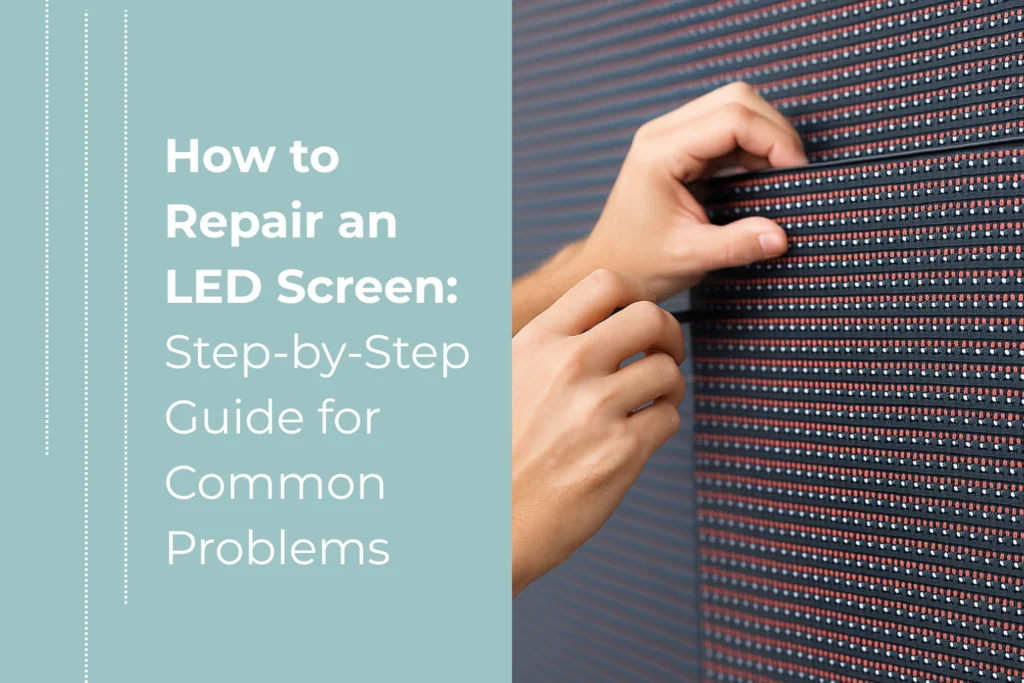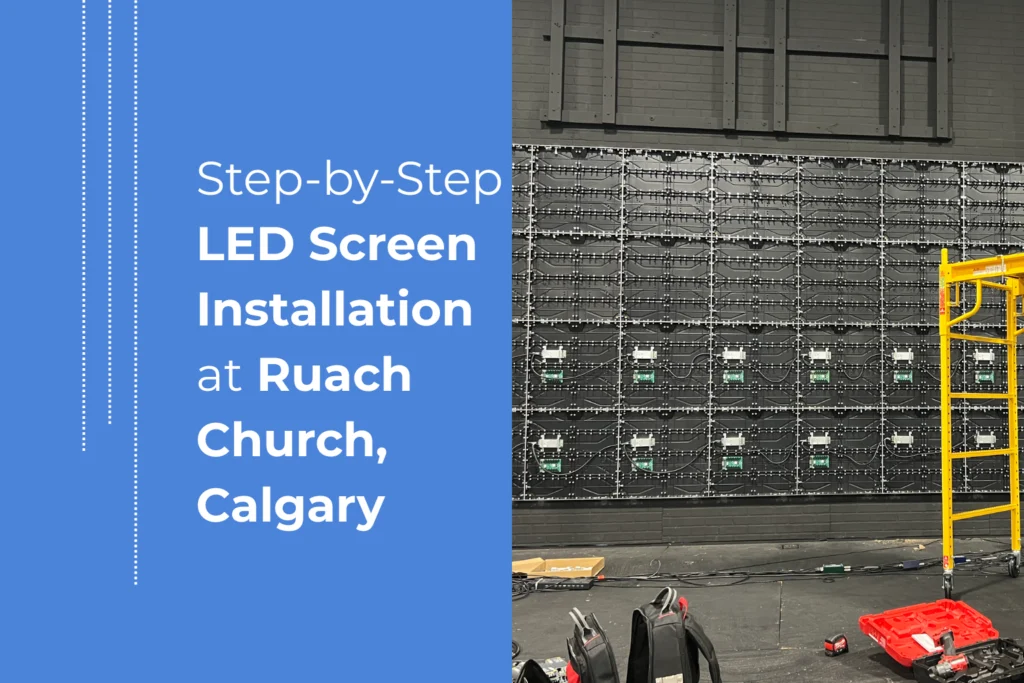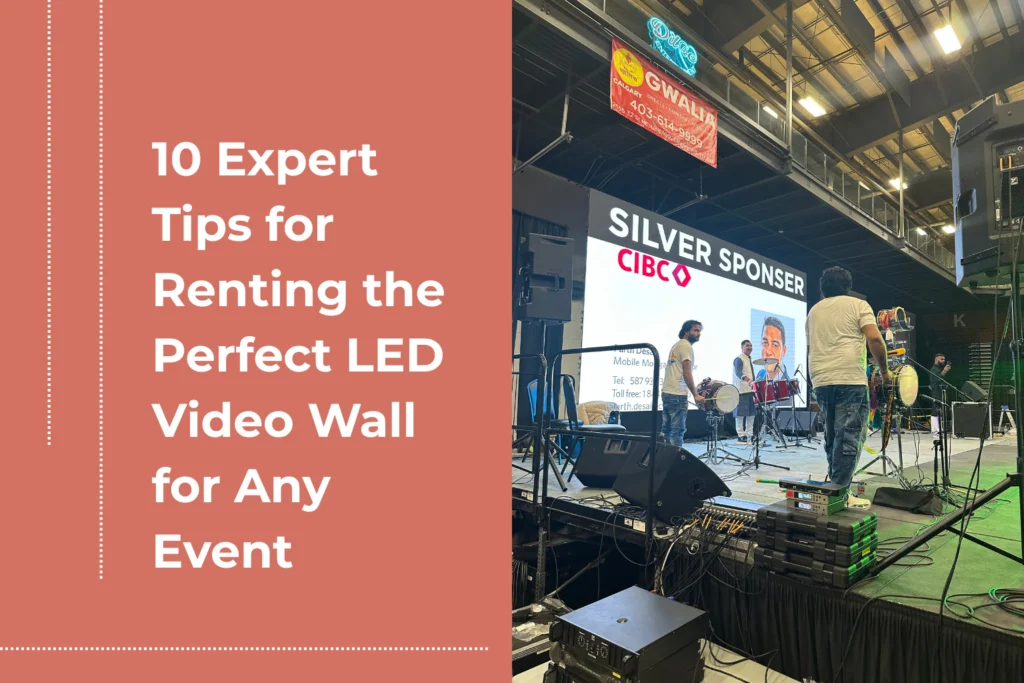What is the Lifespan of LED Screens?
LED screens are known for their longevity, often advertised to last around 100,000 hours under ideal conditions. That’s a lot of hours – about 11 years of constant use! But, as with any technology, real-world conditions don’t always match the ideal. The actual lifespan of your LED screen is generally between 6 to 8 years, but this can vary depending on factors like the environment it’s placed in, how often it’s used, and the quality of the screen itself. This may not seem like a long time, but with proper care and regular maintenance, an LED screen can continue functioning optimally for much longer than expected.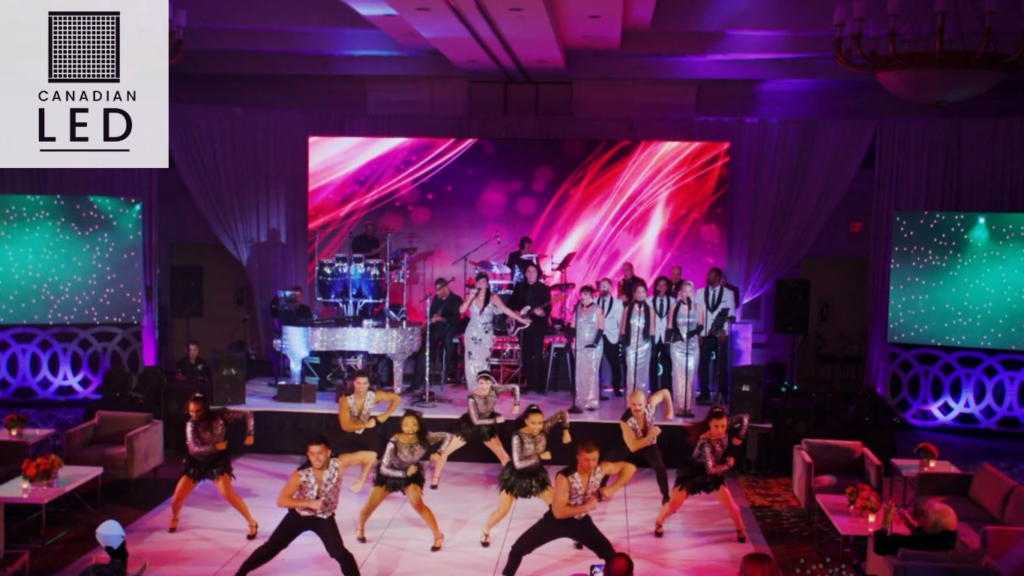
Key Factors That Affect the Durability of LED Screens
1. Environmental Factors
The environment your LED screen is exposed to plays a huge role in its lifespan. For instance, outdoor LED screens face much harsher conditions than indoor screens. Temperature extremes, humidity, and exposure to dust can all impact the performance and longevity of the display. I’ve had the chance to install both indoor and outdoor LED screens over the years, and I can say with certainty that outdoor screens require much more consideration when it comes to weatherproofing and climate control. If your screen is exposed to direct sunlight, heavy rain, or snow, it will require a more robust setup, including durable enclosures and cooling systems to ensure it stays functional for longer periods.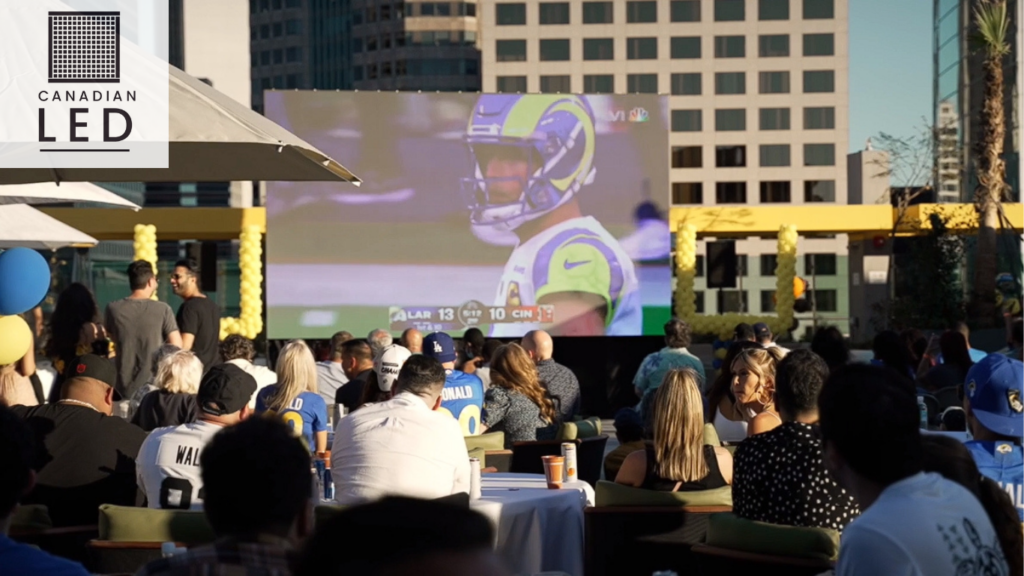
2. Quality of LED Panels
Not all LED wall panels are created equal. The quality of the LED panels used in the display plays a major role in determining how long the screen will last. Lower-quality panels tend to degrade faster, resulting in color inconsistencies, lower brightness, and a shorter overall lifespan. At Canadian LED, we prioritize quality by sourcing the best panels from trusted manufacturers. In my experience, high-quality panels not only offer better picture quality, but they also tend to have a longer lifespan and require less maintenance. When you’re investing in an LED screen for your event or business, it’s worth spending a little more on a reputable brand, as it will pay off in the long run.3. Usage Frequency and Intensity
How often and how intensely an LED screen is used can significantly affect its lifespan. If a screen is in constant use, such as in a retail setting or at a live event, it’s likely to wear down faster. Screens that are kept on for long periods at high brightness levels will experience more wear on their components, especially the LED diodes. On the other hand, if the screen is used less frequently and turned off when not in use, it will naturally last longer. One thing I always advise clients is to ensure that their LED displays are not left running 24/7 unless absolutely necessary. Regular power cycling is essential to preventing unnecessary strain on the system and extending the lifespan of the panels. For example, when we install LED video walls for conferences or exhibitions, we ensure that the screens are powered off after the event. This helps preserve the components and keeps the screens performing at their best for years to come.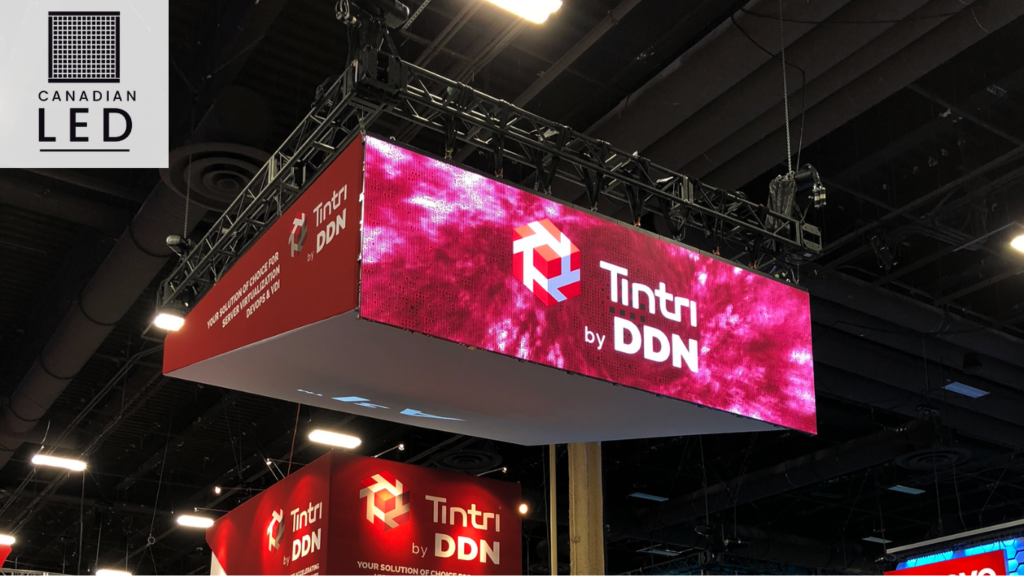
4. Maintenance and Care
Routine maintenance is a critical aspect of keeping your LED screen in top condition. Regular cleaning, checking for loose connections, and ensuring that cooling systems are working properly can extend the lifespan of your display. I always recommend that clients schedule regular servicing for their screens, especially if the screens are in high-traffic areas or used frequently. The cooling systems in particular are often overlooked, but they’re essential for preventing overheating, which can drastically reduce the lifespan of the screen. Additionally, dust and dirt can accumulate on the screens over time, so it’s important to clean the panels with a soft cloth regularly. In the field, I’ve seen clients who neglect maintenance, only to find that their screens start to deteriorate much faster. It’s a simple step that goes a long way in preserving the quality and longevity of the display.5. Installation Practices
Proper installation is also key to ensuring the longevity of an LED screen. Improper panel alignment, insufficient ventilation, and poor wiring can lead to performance issues and potential damage over time. When we install LED video walls, we make sure the installation is done according to best practices. This includes properly aligning the panels, ensuring proper wiring and power supply, and making sure the system is in a location that’s well-ventilated. Additionally, proper calibration is essential to ensure the brightness, contrast, and color settings are optimized for the environment. A calibrated screen not only performs better but also doesn’t get overused in ways that could decrease its lifespan.The Role of LED Wall Panels in Durability
When installing LED video walls, the quality and installation of individual panels matter a lot. I’ve seen poorly aligned panels that cause color inconsistencies and brightness variations, which can be a major issue for large displays. If you’re using the screens for advertising, corporate events, or entertainment, maintaining consistent color and brightness across the entire screen is crucial for visual appeal. At Canadian LED, we take extra care in ensuring that all our panels are perfectly aligned and calibrated to maximize the performance and durability of the video wall. This attention to detail helps maintain a uniform display and ensures that the screen lasts longer.Can You Extend the Lifespan of Your LED Screen?
Absolutely! In my years of experience, I’ve learned several ways to extend the lifespan of an LED screen:- Power off the screen when not in use: This helps avoid unnecessary wear and overheating.
- Regularly clean the screen: Dust and debris can affect performance over time, so it’s important to clean your screen regularly using non-abrasive materials.
- Ensure proper ventilation: Make sure the area around your LED screen is well-ventilated and not exposed to extreme heat sources.
- Service regularly: Have a professional technician check your system for any potential issues.
How to Choose the Right LED Screen for Long-Term Durability
When choosing an LED screen for your business or event, there are several things you need to consider to ensure longevity:- Quality: Always opt for high-quality panels from trusted brands.
- Warranty: Choose a display with a good warranty and support system.
- Usage Requirements: Consider how often the screen will be used and choose one designed for your specific needs (e.g., outdoor vs. indoor).
- Maintenance: Choose a screen that is easy to maintain and has accessible components for servicing.
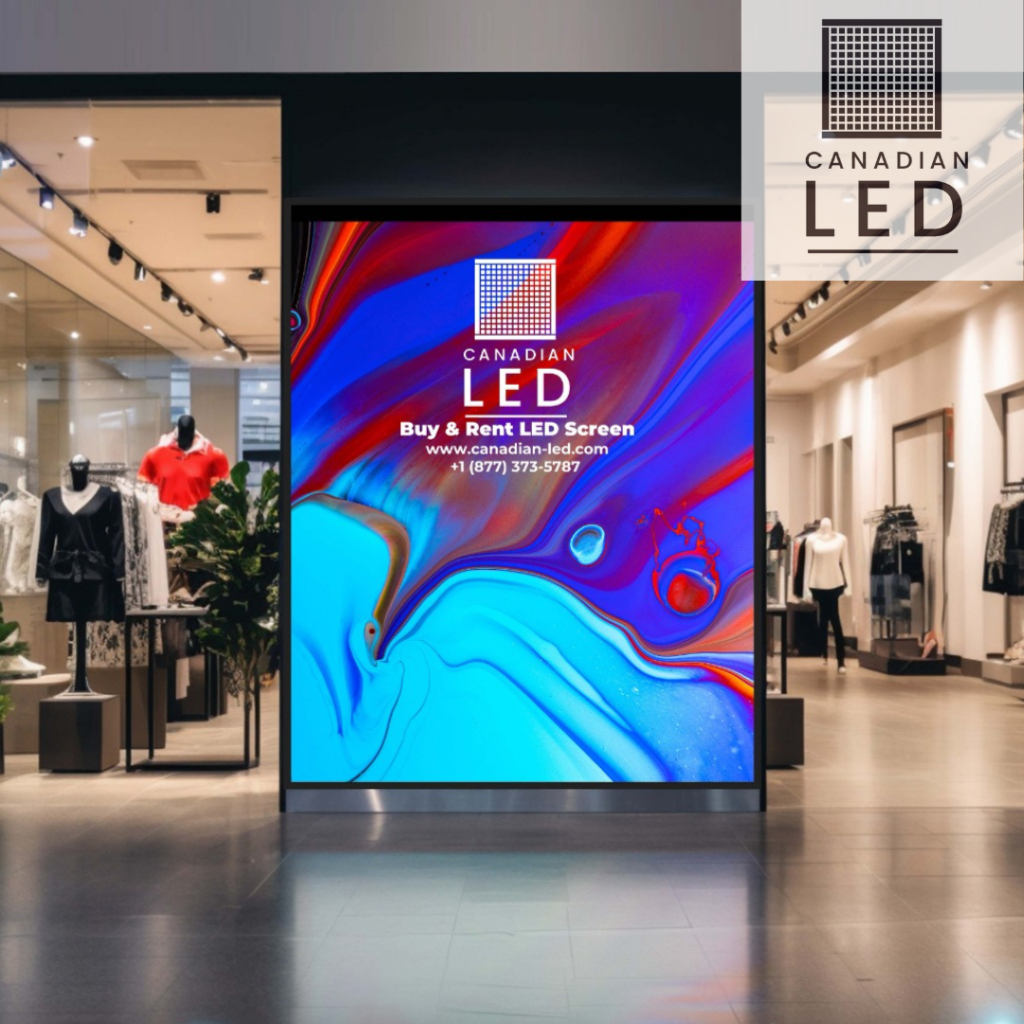
A vibrant Canadian LED screen installed in a shopping mall, perfect for advertising, brand promotions, and enhancing retail spaces with vivid digital visuals.

